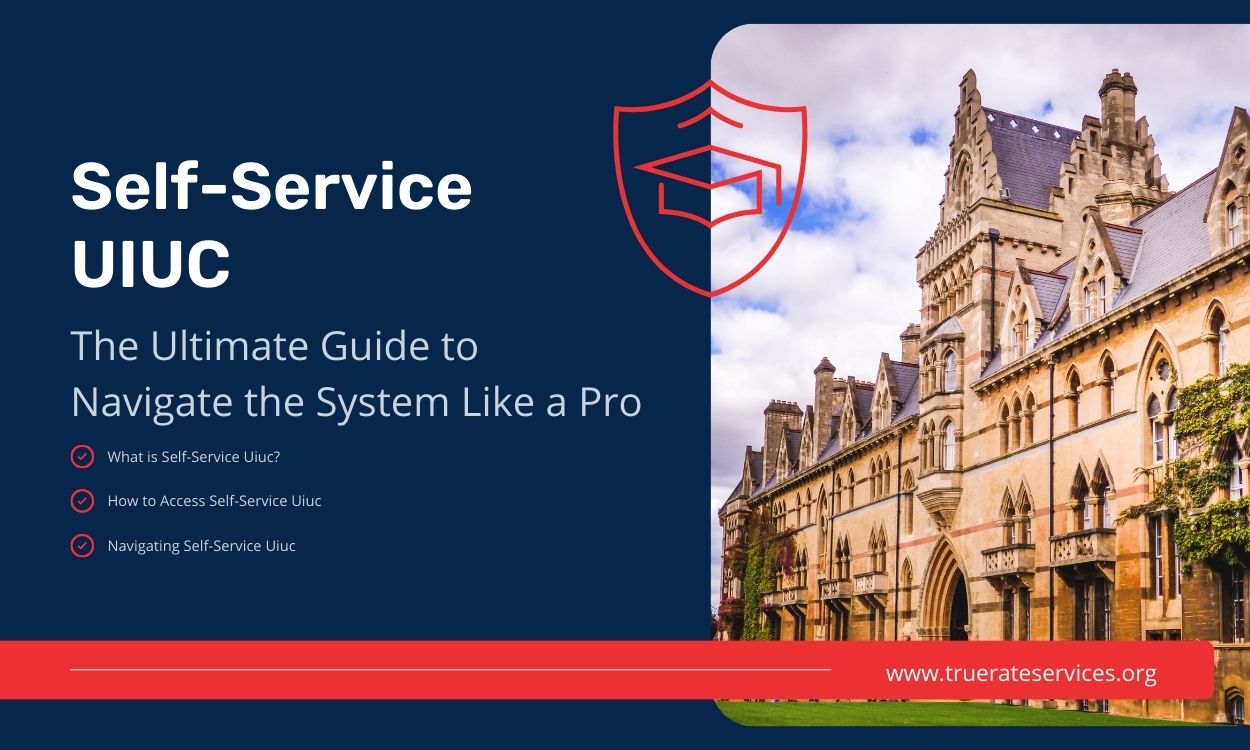Determine the portion of smartphone users among your target. If it’s extremely low, consider holding off on making the self service uiuc. However, as adoption levels are rapidly accelerating, reevaluate the need for an app annually. Forrester Research reports that 17% of U.S. adults use smartphones. What is impressive isn’t this figure, but the YOY (year over year) growth: 11% of US adults used smartphones in 2008, up from 7% in 2007. As a result, the most important question becomes what mobile OS (operating system(s)) do the majority of my customers use, Android, Blackberry, or iPhone?
Companies waiting for the application market to mature will eventually discover it never happened. Technology will continue to evolve and so will the way people use it. Mobile applications will not be right for all businesses but don’t underestimate their power. Applications can be used to increase time spent with your brand, but they also can be used to bring competition directly onto your sales floor. An application such as ShopSavvy allows barcodes to be scanned to compare prices between competitors. In less than a minute, the results are available to users, profoundly changing the shopping experience.
Applications should be mutually beneficial. Successful applications must accomplish specific business objectives while satisfying a need that appeals to your target. Begin with the end-user. Don’t ask yourself what solution you can provide; instead, determine what solutions your target needs. The only caveat to this is delivering an application that simultaneously creates and fills a need.
Will the benefits of your application be in the form of a utility or entertainment? Longevity is also a factor, popularity does not necessarily equal success. Take the “Zippo Lighter” application for example. Millions of iPhone users downloaded this application, which allows users to light a virtual lighter with the flick of their wrist. Cool at first, but the novelty soon wears off. Although millions downloaded the application, its ability to retain and re-engage users is low.
Once you have a clear idea of the need your application will satisfy, determine the business objectives that will make your investment worthwhile. Don’t forget to ensure that analytics are built-in, so you can benchmark your progress. If what you want to accomplish can be achieved by a mobile version of your website, you may not need an application. Applications take up space, users are selective about which applications they install. To overcome this, ensure your application is of obvious value.
Even if your application serves a need and is incredibly compelling, make sure there aren’t existing third-party applications with similar (or superior) functionality. If your application idea already exists, consider sponsoring or advertising on that application instead. Simply duplicating a competitor’s successful application is not a viable strategy to reach users.
If you are taking the time to invest into an application, make it worth the effort. Determine which smartphones features your application can take advantage of. Ensure you consult with every department in your organization during the planning process. For example, the marketing department may want to use GPS functionality to provide incentives to those near a physical property, while customer service wants to include a Q&A forum.
Developing an application is akin to duck hunting. You must aim just ahead of where the duck is when you pull the trigger. Your application’s end-users are moving targets. Where they are right now is not where they will be when you launch. As technology continues to evolve, ensure you continually monitor the popularity of different smarthphones among your target and adjust your application as necessary.




